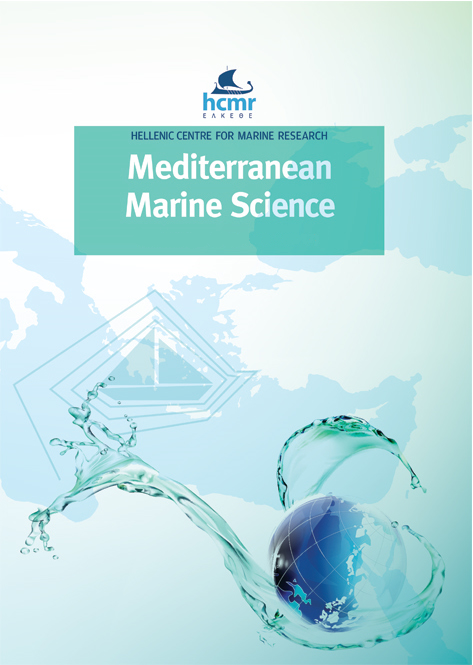Do artificial vs natural substrates cause a difference in assemblages of peracarids? A case study in the Western Mediterranean basin

Abstract
The aim of this investigation was to assess the differences in terms of α-diversity, species composition and trophic structure between peracarid assemblages inhabiting artificial hard substrates and those present on natural ones at two sites in the Western Mediterranean Sea. In each one, samples were collected from natural and artificial substrates, and the extracted peracarids were identified to the species level. Each sample was characterised by its Total Abundance, Species Richness, and 1-D Simpson, Shannon, Margalef and Equitability indices. A cluster plot based on the Bray-Curtis coefficient was conducted to detect the presence of distinct assemblages. In addition, the proportion of individuals belonging to each feeding guild was studied. The ecological indices revealed that assemblages from the artificial substrates at the Villaricos site showed lower values of diversity, while they were more diverse at the Calpe site. These results indicated that artificial hard substrates were not always inadequate ground for these animals. The species composition differed between artificial and natural hard substrates in the two studied sites and the trophic structure was also modified, although, in this case, the changes were similar in both sites. However, the difference in both respects seems to be higher between sites than between substrates, evidencing the importance of local scale processes.
Article Details
- How to Cite
-
DIAZ-VERGARA, S., & LÓPEZ, E. (2023). Do artificial vs natural substrates cause a difference in assemblages of peracarids? A case study in the Western Mediterranean basin. Mediterranean Marine Science, 24(2), 353–363. https://doi.org/10.12681/mms.31267
- Section
- Research Article
Authors who publish with this journal agree to the following terms:
- Authors retain copyright and grant the journal right of first publication with the work simultaneously licensed under a Creative Commons Attribution Non-Commercial License that allows others to share the work with an acknowledgement of the work's authorship and initial publication in this journal.
- Authors are able to enter into separate, additional contractual arrangements for the non-exclusive distribution of the journal's published version of the work (e.g. post it to an institutional repository or publish it in a book), with an acknowledgement of its initial publication in this journal.
- Authors are permitted and encouraged to post their work online (preferably in institutional repositories or on their website) prior to and during the submission process, as it can lead to productive exchanges, as well as earlier and greater citation of published work (See The Effect of Open Access).





